My Dogs and Other Animals Part One
In Australia when I was growing up, it was the norm to have dogs on a chain or in the backyard. Our family obtained a red Cardiganshire Corgi (the ones with the big ears and longer legs and long bushy tail) duly named Taffy (his registered name was Gwelchmai Taffy Bach - which we thought was seriously impressive!).
And the begging of five children finally paid off and we were allowed to have him in the house with us. What a cracking dog he was! Coping with the demands of five children, and annual six hour drives down to the Peninsula for Christmas holidays.
I have so many stories about his exploits! Including the time he got shot at in the bush because a local farmer thought he was a fox! But he went with us kids everywhere, and as I became more and more interested in animals and animal behaviour, I began to train and teach him things in my own childish way.
He was such a keen pupil and loved learning new tricks. I used to pretend he was a mini German Shepherd Dog like the famous TV dog -“Rin Tin Tin”. So I would hide a ball down the end of the back yard, and demonstrate to my friends how he was a highly trained search dog and I would say “Yo Rinny!”, just like on the telly, and off he would run to where I was pointing, thus impressing my friends!
But there was one thing I never forgot and now only truly understand. The five of us kids would stand around in a circle with Taffy sitting in the middle, and we would have a competition to see who he loved the best. (!) They would call and whistle, offer him treats and balls and slap their legs and I would just stand there, saying and doing nothing. And every time he would look at them all, and then just trot over to me and sit in front of me. I loved it but never realised until now that, from a dog’s point learning about the world and humans - information, and the interaction with a person is far more valuable than treats.
I was the only one who ever trained and praised him and taught him tasks and tricks, so his relationship with me was very important to him. Clive Wynne’s book “Dog is Love” details how this capacity to have powerful reciprocal relationships with people is part of the DNA of dogs. And it is why I focus so much on teaching dogs to understand us when I am lecturing or working with a client in a private behavioural consultation. Its also why I called my book “Hearts, Minds and Paws” because dogs work for people in so many ways - not because they are forced to but because they want to.
Even dogs that are lying next to a homeless person - completely free to leave at any time - they choose to stay there and be a team rather than wander off to be with con-specifics (other dogs). People often ask me if they should get another dog as a companion for their current dog and I know that this is sometimes a great idea. But very often it is not the preferred choice for the current dog because they value their relationship with their person very highly. Many dogs love to play in the park with other dogs but they choose to return home with their family or special person.
That’s what makes having a dog as a friend so rewarding. We never forget those special dogs that live in our hearts.
